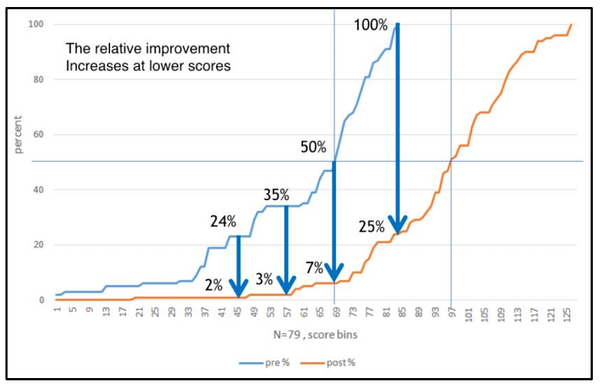The effectiveness of ILF Neurofeedback across different diagnostic groups - results from a new study
A recently published study by Theis et al. (2025) examines the effectiveness of ILF Neurofeedback across different diagnostic groups and explores whether subjective symptom changes correlate with objective performance measures.





